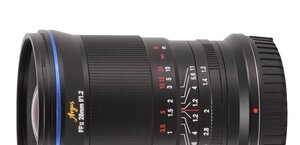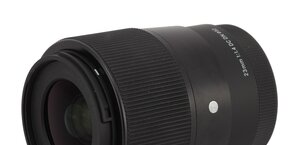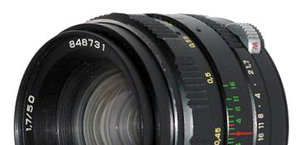Nikon Nikkor AF-S 300 mm f/4E PF ED VR
5. Chromatic and spherical aberration
The proper chromatic aberration correction was supposed to be one of the most important advantages of the new technology. Many Nikon-manufactured lenses have had a lot of problem with chromatic aberration lately so we were very curious indeed about the results of the Nikkor 4/300 PF in this category.
One glance at the crops below and you see that the longitudinal chromatic aberration is corrected in a proper way. We have no reservations.
Please Support UsIf you enjoy our reviews and articles, and you want us to continue our work please, support our website by donating through PayPal. The funds are going to be used for paying our editorial team, renting servers, and equipping our testing studio; only that way we will be able to continue providing you interesting content for free. |
- - - - - - - - - - - - - - - - - - - - - - - - - - - - - - - - - - - - - - - - - - - - - - - -
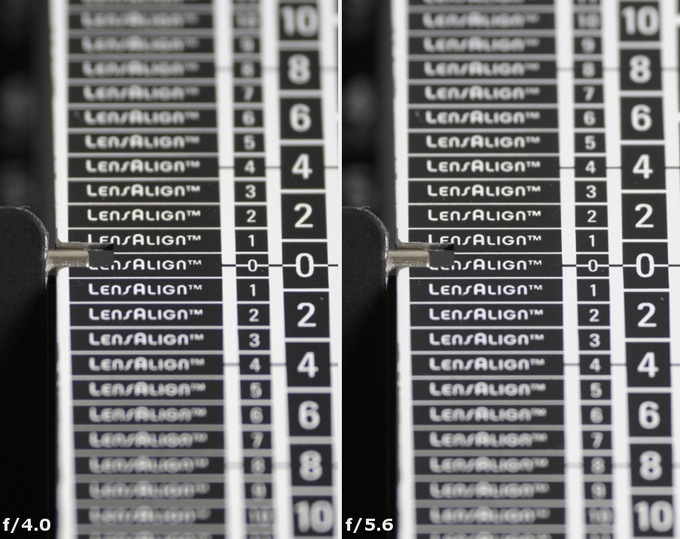 |
Similarly you can speak about the correction of the lateral chromatic aberration – a graph below shows its correlation with the aperture value for both types of sensors.
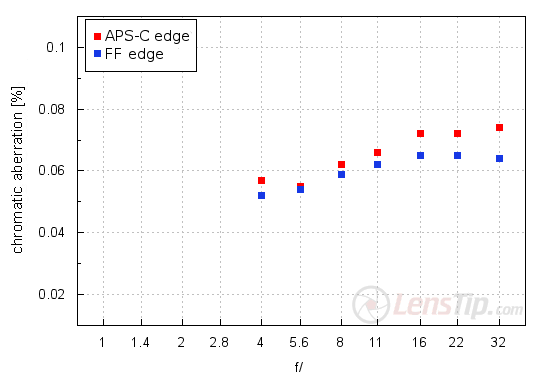
The aberration increases slowly with the stopping down. At the maximum relative aperture you get a result near 0,05% and on significant stopping down it increases to 0.06-0.07%. All these values are low so the correction of the chromatic aberration is definitely a very strong point of the tested lens.
| Nikon D3x, f/4.0 | Nikon D3x, f/11.0 |
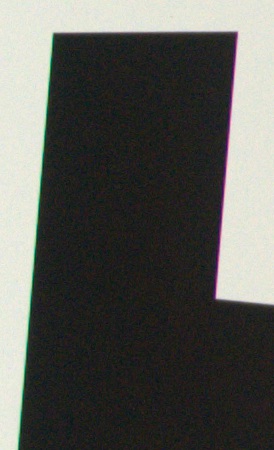
|
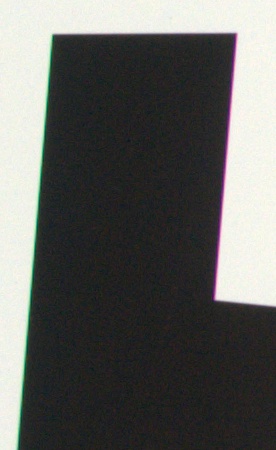
|
Spherical aberration
The Nikkor AF-S 300 mm f/4E PF ED VR didn’t have any problems with focus shift as it is clearly seen in photos beginning this chapter. What’s more, there are no significant differences between the appearance of circles of light in front of and behind the focus. A bit more emphasized rim in a circle behind the focus seems to be the only noticeable thing. All of it allows us to claim the tested lens corrects the spherical aberration in a proper way.
| Nikon D3x, f/4.0, in front of | Nikon D3x, f/4.0, behind |
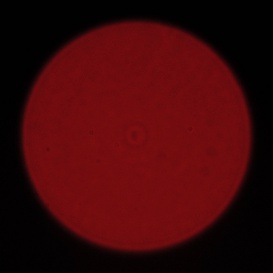
|
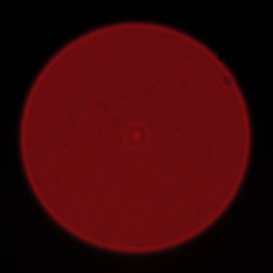
|




